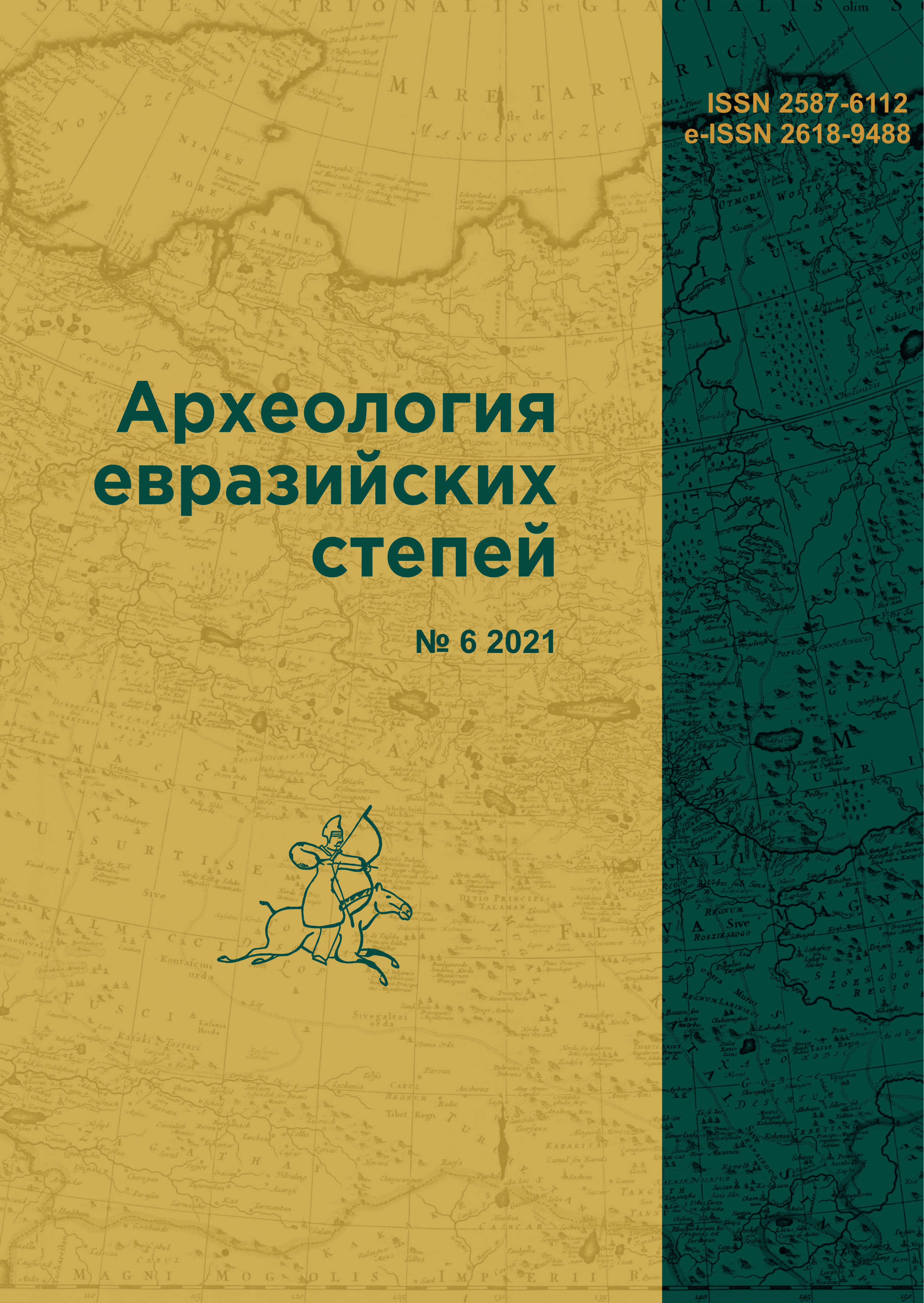MEDIEVAL CLAYWARE AS A DETERMINANT OF THE ETHNICCULTURAL COMPOSITION OF THE POPULATION
DOI:
https://doi.org/10.24852/2587-6112.2021.6.112.116Keywords:
archaeology, Volga Bolgaria, Middle Ages, hillfort, ceramic group, ornament, moldingAbstract
The paper concerns the medieval ware discovered in the territory of the medieval towns of Volga Bolgaria. Technical and technological analysis and comparative characteristics of the ethnic-cultural types of ware are provided, and a statistical table indicating the presence of each type of ceramics at each site is included. Based on the analysis of material items, interrelation of the ethnic-cultural groups is established by the author, and their interaction and influence on the local Bolgar population is outlined. The study of this issue is of great urgency in view of the discussion in the scientific world regarding the ethnocultural composition of the region’s population in the Pre-Mongol and Golden Horde periods. The scarcity of written sources related to the issue is largely compensated by archaeological material, the most substantial and informative of which are ceramic complexes. The ceramics of the Kama-Ural population whose waves penetrated the territory of Volga Bolgaria from the East since the mid-10th century was determined by T.A. Khlebnikova as belonging groups VII and VIII according to the researcher’s classification. It should be noted that this population’s ware is present at all sites of the Lower Kama region of the Pre-Mongol period. But it is most vividly present in the medieval hill- forts Alabuga, Kirmen, Chally and Staroe Romashkino.
References
Берс Е.М. Археологические памятники Свердловска и его окрестностей. Изд. 2-е, испр. И доп. Свердловск, 1963. 116 с.
Генинг В. Ф. Проблемы изучения железного века Урала // ВАУ. Вып.1 / Отв. ред. В.Ф. Генинг. Сверд¬ловск, 1961. С. 23-47.
Казаков Е.П. Памятники болгарского времени в восточных районах Татарии. М.: Наука, 1978. 103 с. Хлебникова Т.А. Керамика памятников Волжской Болгарии. К вопросу об этнокультурном составе населения. М.: Наука, 1984. 241 с.
Хузин Ф.Ш. К вопросу о так называемой «постпетрогромской» культуре // Камский торговый путь: материалы Всерос. Науч-практ. Конф. Елабуга: Изд-во Елабуж. гос. пед. ин-та, 2008. С. 11-22.
Казаков Е.П. Постпетрогромская культура: истоки, время, территория // Четвертые Берсовские чтения / Отв. ред В.М. Морозов. Екатеринбург: Квадрат, 2004. С. 120-128.

Downloads
Published
How to Cite
Issue
Section
License
Copyright (c) 2021 Kuptsova Malvina S.

This work is licensed under a Creative Commons Attribution-NonCommercial 4.0 International License.







